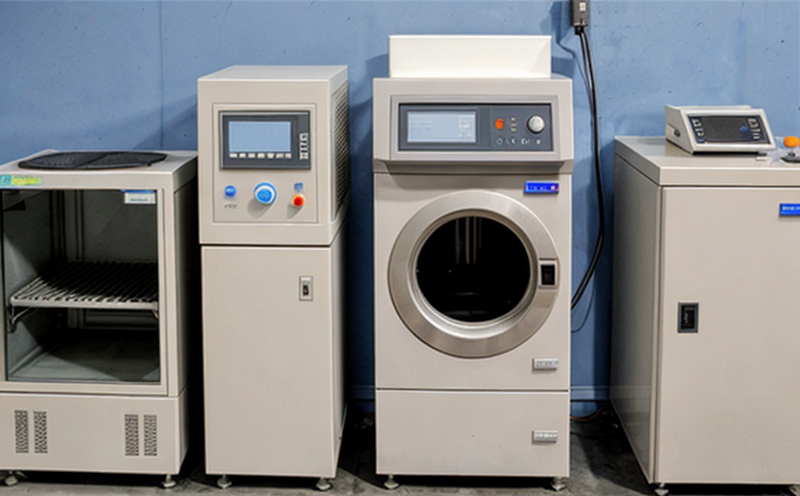ISO 18115 Atomic Force Microscopy of Nanoparticle Dispersion States
The ISO 18115 standard provides a robust framework for the atomic force microscopy (AFM) analysis of nanoparticle dispersions. This method is essential in understanding and characterizing the physical properties, stability, and behavior of nanoparticles within a liquid medium.
Using AFM, we can visualize nanomaterials at an atomic level, which allows us to assess their dispersion state accurately. Dispersion quality directly impacts the performance of materials in various applications such as electronics, coatings, pharmaceuticals, and environmental science. Poorly dispersed nanoparticles may aggregate, leading to inconsistent product quality or unforeseen environmental risks.
The test procedure involves several key steps: preparation of the sample, imaging with AFM, and analysis of the images. The first step is to disperse the nanomaterial in a suitable solvent according to ISO 18115 guidelines. This dispersion process must be carefully controlled to avoid aggregation or sedimentation.
Once prepared, the sample is placed on an appropriate substrate such as mica for AFM imaging. The AFM probe then scans the surface of the nanoparticle suspension, providing high-resolution images that reveal details about particle size distribution, morphology, and interactions between particles.
The quality of dispersion can be assessed by evaluating several parameters derived from these images:
- Particle Size Distribution: The standard deviation in the size of individual nanoparticles is a critical parameter. Variability beyond acceptable limits may indicate poor dispersal or aggregation.
- Particle Morphology: Irregular shapes or agglomerations suggest instability and potential issues with dispersion quality.
- Interparticle Interactions: The degree of particle clustering can provide insights into the stability of the dispersion over time.
The AFM images are analyzed using specialized software, which helps in quantifying these parameters. This analysis is crucial for quality assurance and ensures that the nanomaterials meet the required specifications for their intended applications.
Understanding nanoparticle dispersion states through ISO 18115 is vital for industries where precision and consistency are paramount. By providing accurate insights into dispersion quality, we enable our clients to make informed decisions about material selection and process optimization.
Benefits
The benefits of ISO 18115 AFM testing for nanoparticle dispersions are numerous. Firstly, it enhances the quality and reliability of nanomaterials by ensuring that they are dispersed evenly in their intended medium. This uniformity is crucial for applications such as inkjet printing, where non-uniform dispersion could lead to poor print quality.
- Enhanced Performance: Uniformly dispersed nanoparticles can exhibit improved properties and performance characteristics. For example, in electronics, better dispersions can lead to more efficient circuits with reduced resistance.
- Regulatory Compliance: By adhering to ISO standards, manufacturers can ensure that their products meet regulatory requirements and industry benchmarks.
- Risk Mitigation: Poorly dispersed nanoparticles may pose environmental risks if they aggregate in water bodies or soil. AFM testing helps identify such risks early on.
Beyond these direct benefits, ISO 18115 AFM testing supports innovation by allowing researchers and engineers to explore new frontiers in nanotechnology. The detailed insights provided by this method enable the development of novel materials with enhanced functionalities.
Quality and Reliability Assurance
The quality and reliability assurance process for ISO 18115 AFM testing involves several key steps. Firstly, we ensure that all instruments are calibrated according to international standards before each test. This calibration ensures consistent and accurate results.
Next, we follow strict sample preparation protocols as outlined in ISO 18115. These protocols include the choice of solvent, dispersing techniques, and drying methods to prevent any contamination or aggregation during the process.
The testing itself is conducted by highly skilled technicians using state-of-the-art AFM equipment. Each image captured is analyzed meticulously for adherence to acceptance criteria defined in ISO 18115. Any deviations from these criteria are reported back to the client along with recommendations for improvement.
Finally, we provide comprehensive reports that summarize all aspects of the testing process and results. These reports serve as a valuable resource for clients looking to improve their product quality or meet regulatory requirements.





